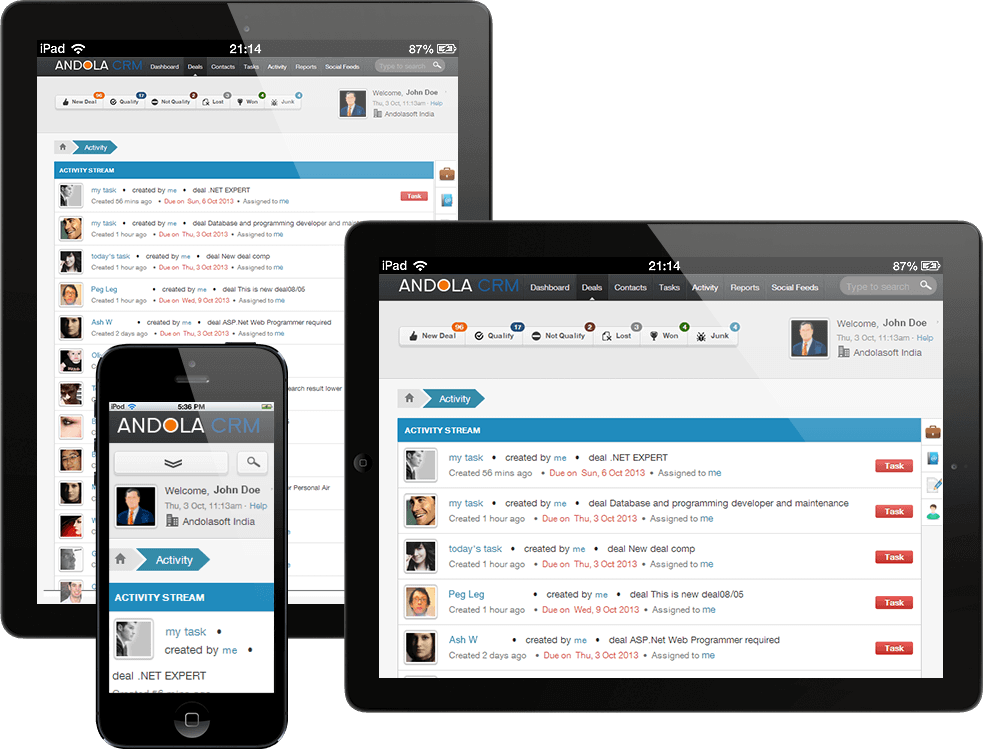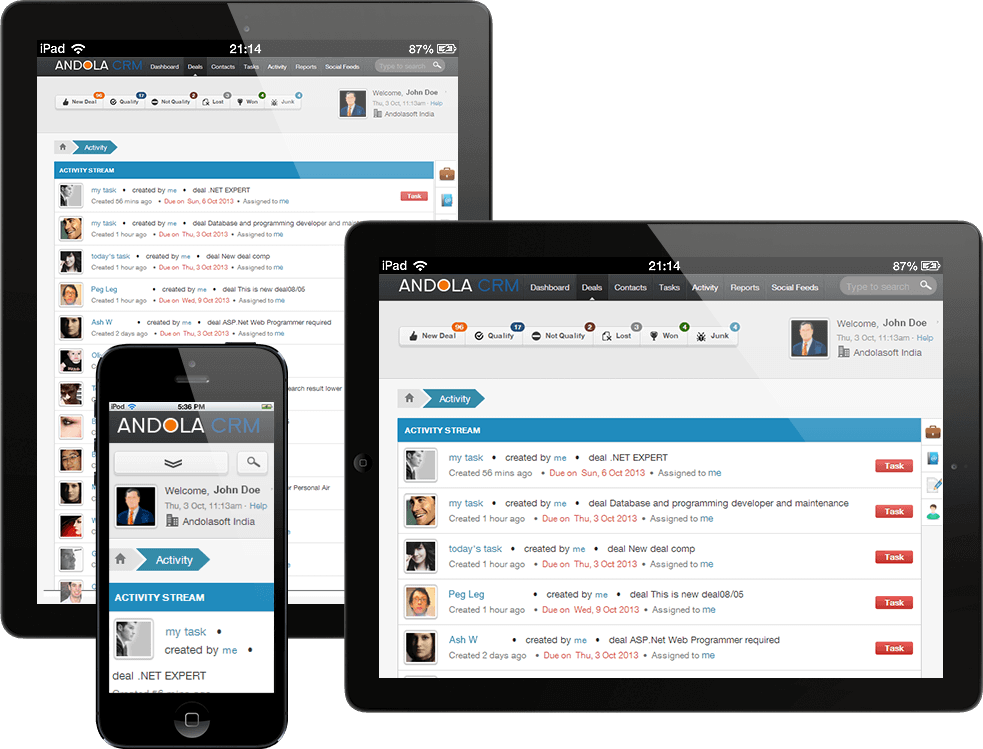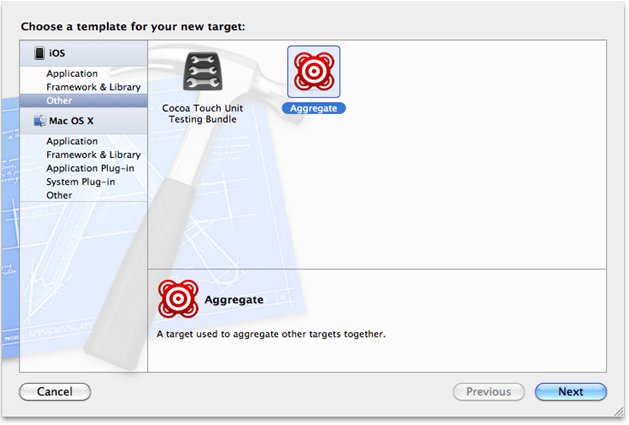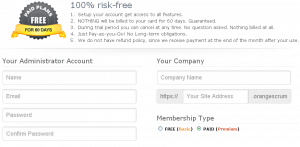Responsive Web Design is an approach of laying out a website such that the website provides an optimal viewing experience — ease of reading and navigation with a minimum of resizing, panning, and scrolling — across a wide range of devices and screen sizes(from desktop computer to mobile devices).
The designer creating a Responsive Design should ensure that the website’s navigation elements, screen-layouts, text, images, audio/video players and other UI elements re-adjust themselves on a variety of devices. Thus, one need not spend extra time and money in creating and maintaining one “mobile version” and another “desktop version” of the website.
Now, having understood what is Responsive Web Design, let us understand why Responsive Design is important while creating websites.
-
Mobile Usage is Exploding like never before
According to a Morgan Stanley report, Mobile internet usage is expected to cross over desktop usage by 2014.- Over 20% of Google searches are being performed on a mobile device.
- One half of local searches are made on mobile devices
- 86% of mobile users are using mobile devices while watching tv
- 61% of people have a better opinion of brands when they offer a good mobile experience
- In the United States, 27% of internet users only access the internet on a mobile device
-
Responsive Adapts to Diverse Devices and Screen size
As smartphone and tablet adoption rapidly increases, so does the importance of mobile-friendly website.One of the most appealing aspects of responsive web design is that a responsive website can provide a great user experience across many devices and screen sizes. This is an important characteristic, since it is impossible to anticipate all the devices and screen sizes searchers will use to access your site. A site that works well regardless of these variables will provide a better and more consistent user-experience than a separate mobile site that is designed for a specific device and screen size.
-
Responsive Design is Preferred for SEO/Digital Marketing
In June 2012 at SMX Advanced, Google’s Pierre Farr went on record to declare that Google prefers responsive web design over mobile templates. Having one single URL makes it easier for Google bot to crawl site, Google’s external link algorithm and reduces the chance of on-page SEO issues. For all these reasons, responsive sites typically perform better and are easier to maintain than a separate, mobile template site.If SEO is part of your digital marketing strategy, having a mobile–friendly website is becoming essential. Also in order to have separate desktop and mobile site requires need to have separate SEO campaigns. Managing one site and one SEO campaign is far easier than managing 2 sites with equal number of campaigns. This is a key advantage a responsive website has over a separate mobile site.
Andolasoft has expertise in designing responsive websites. Check out some of our free responsive web templates.
Like this blog? I’d love to hear about your thoughts on this. Thanks for sharing your comments.












